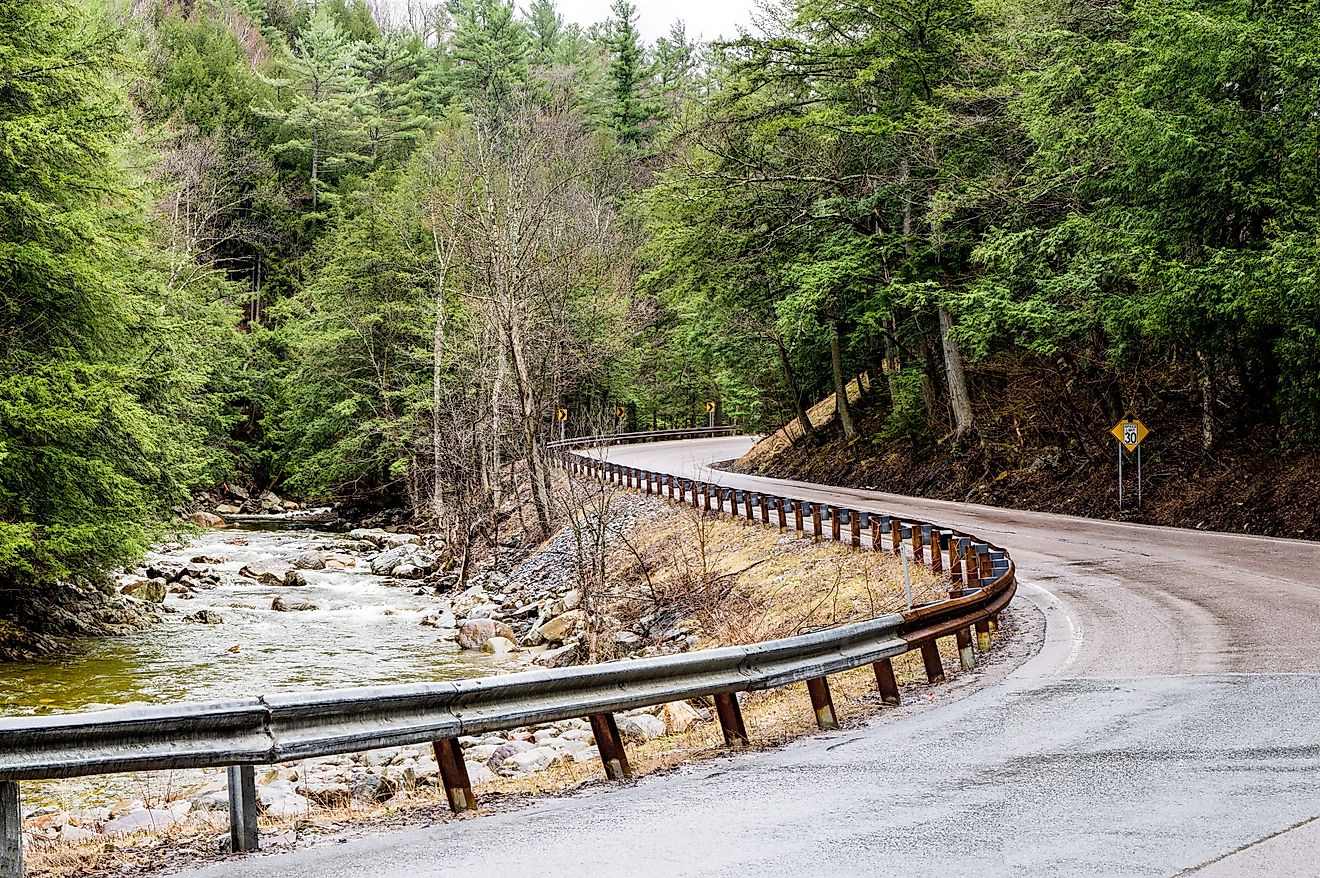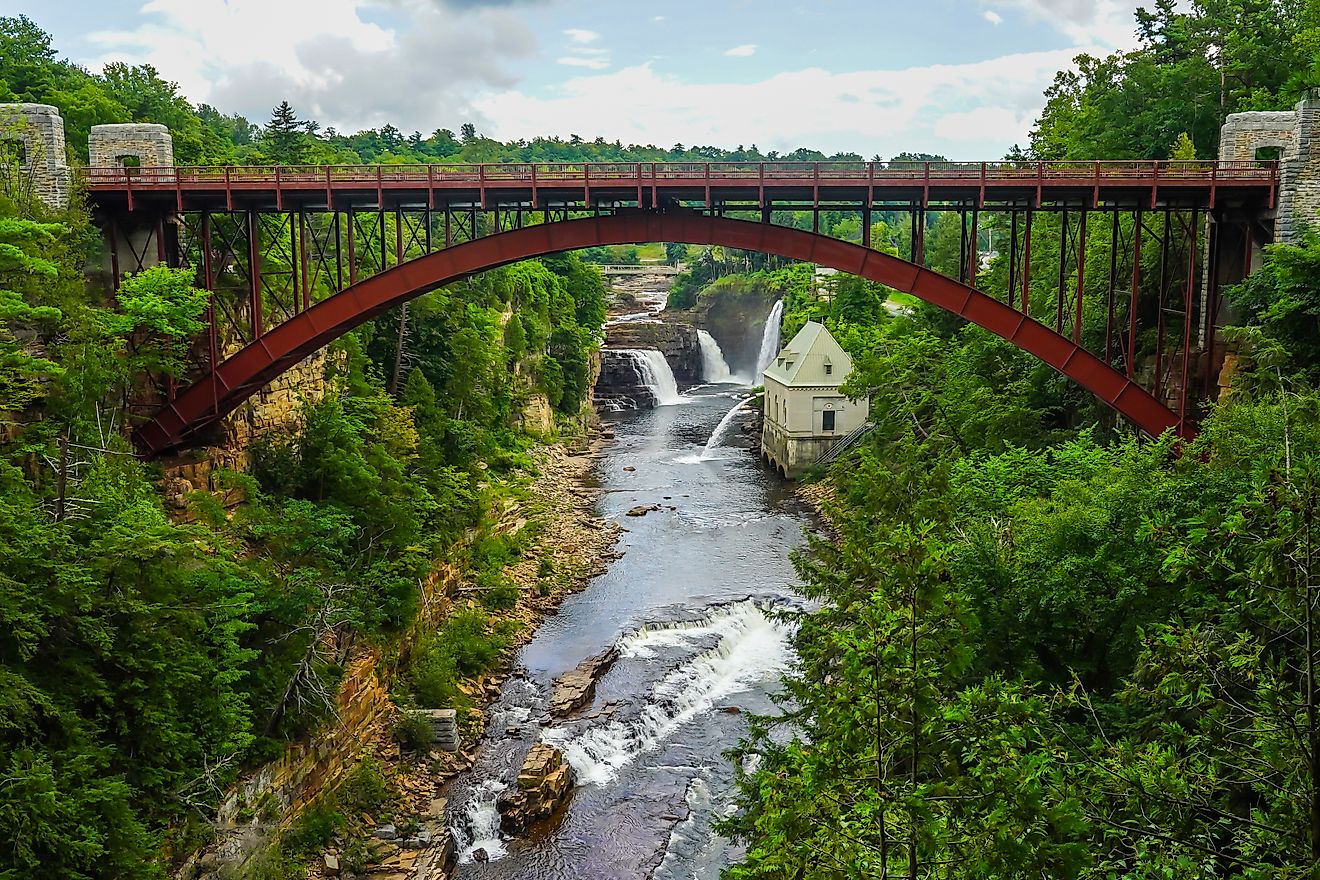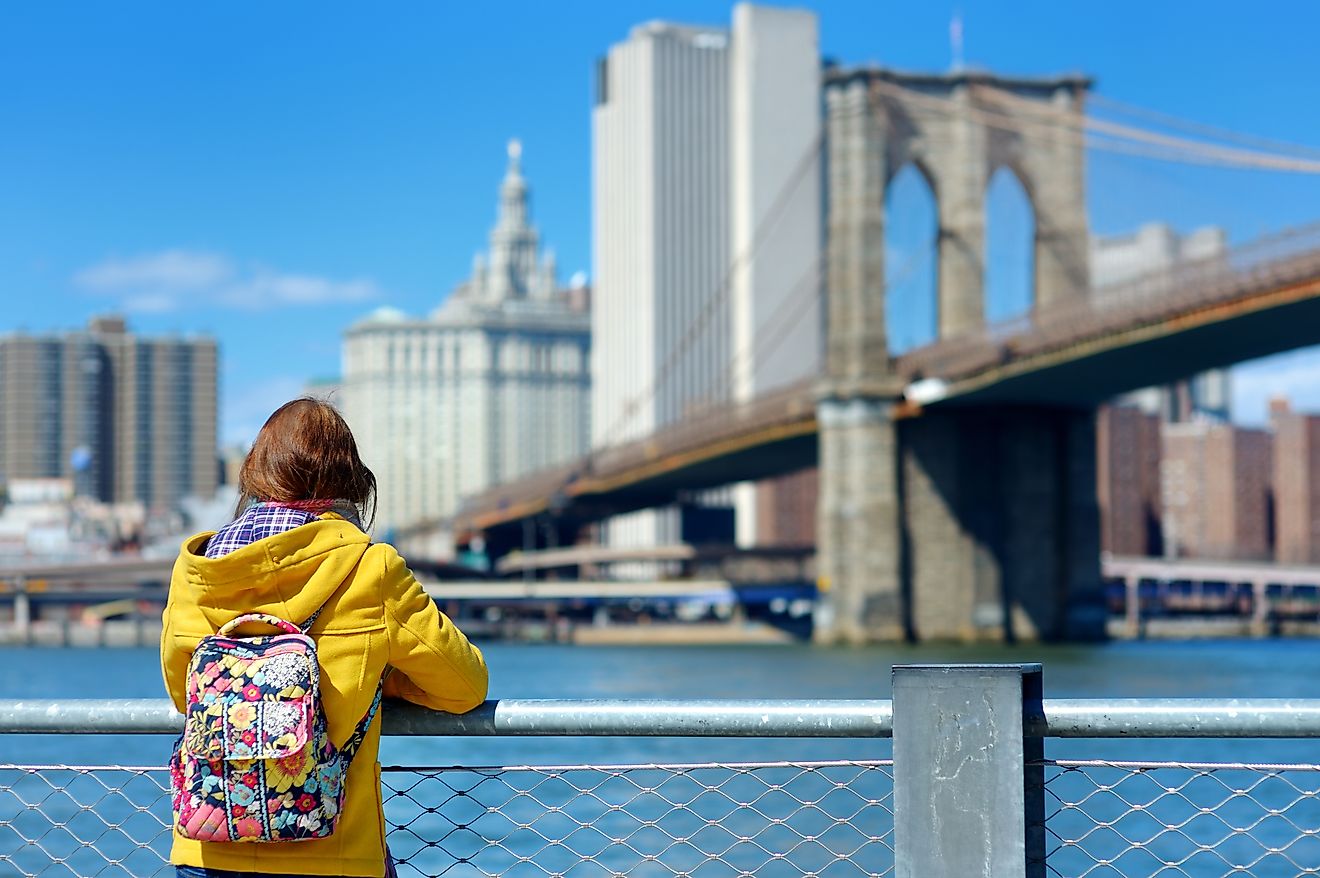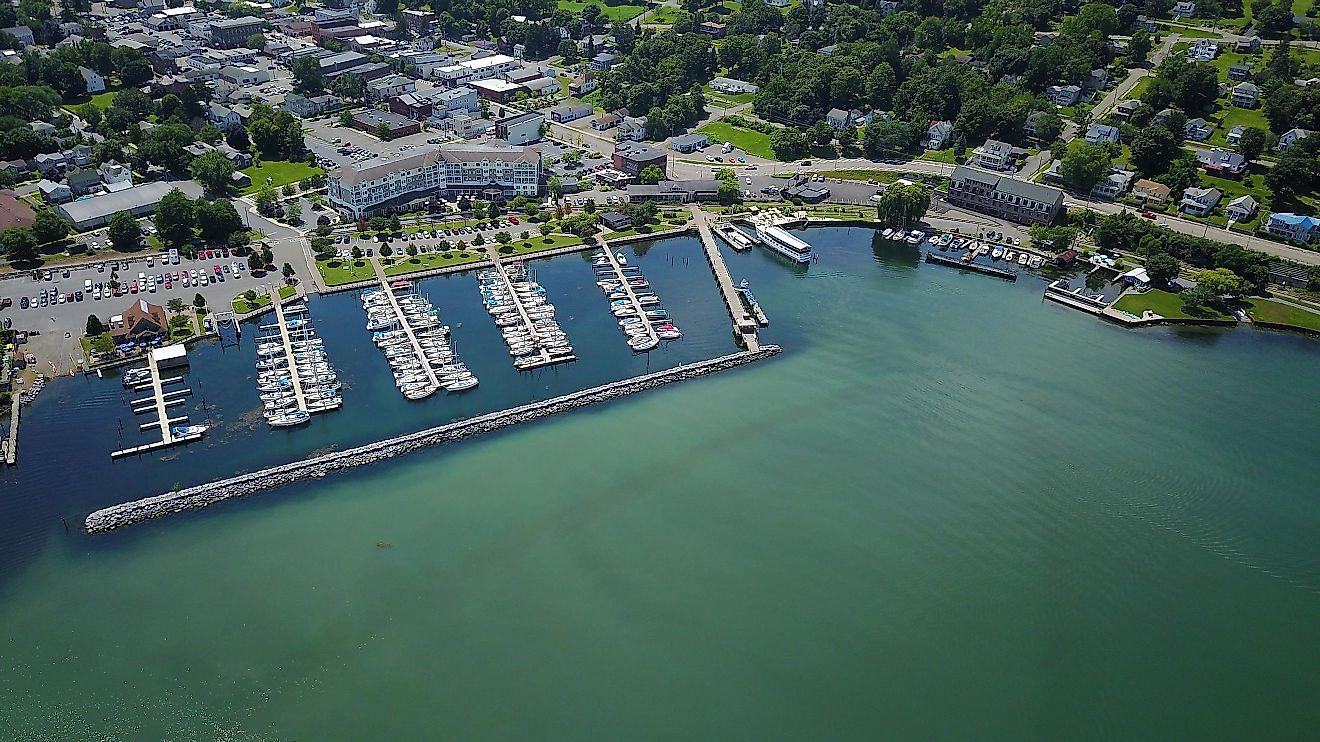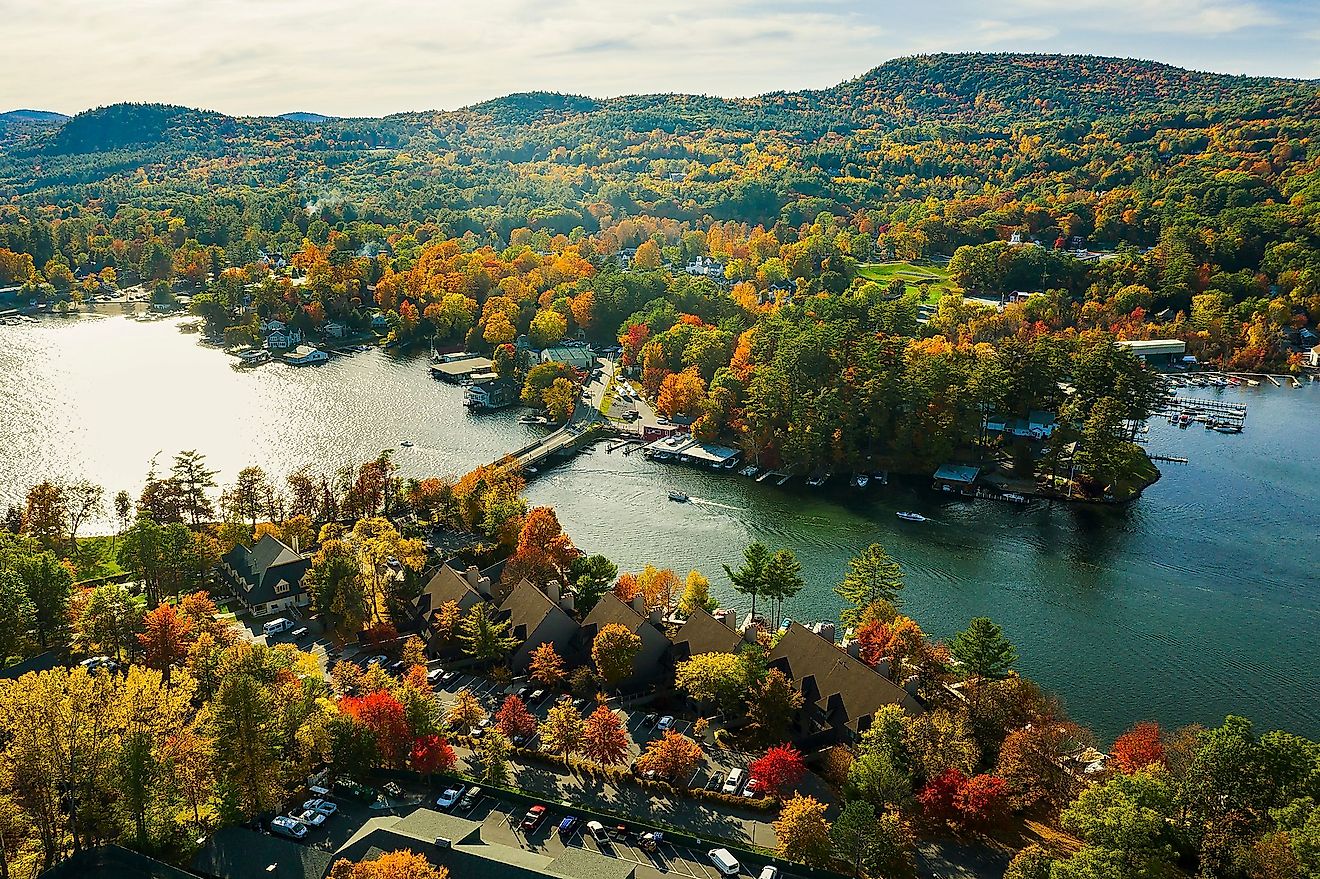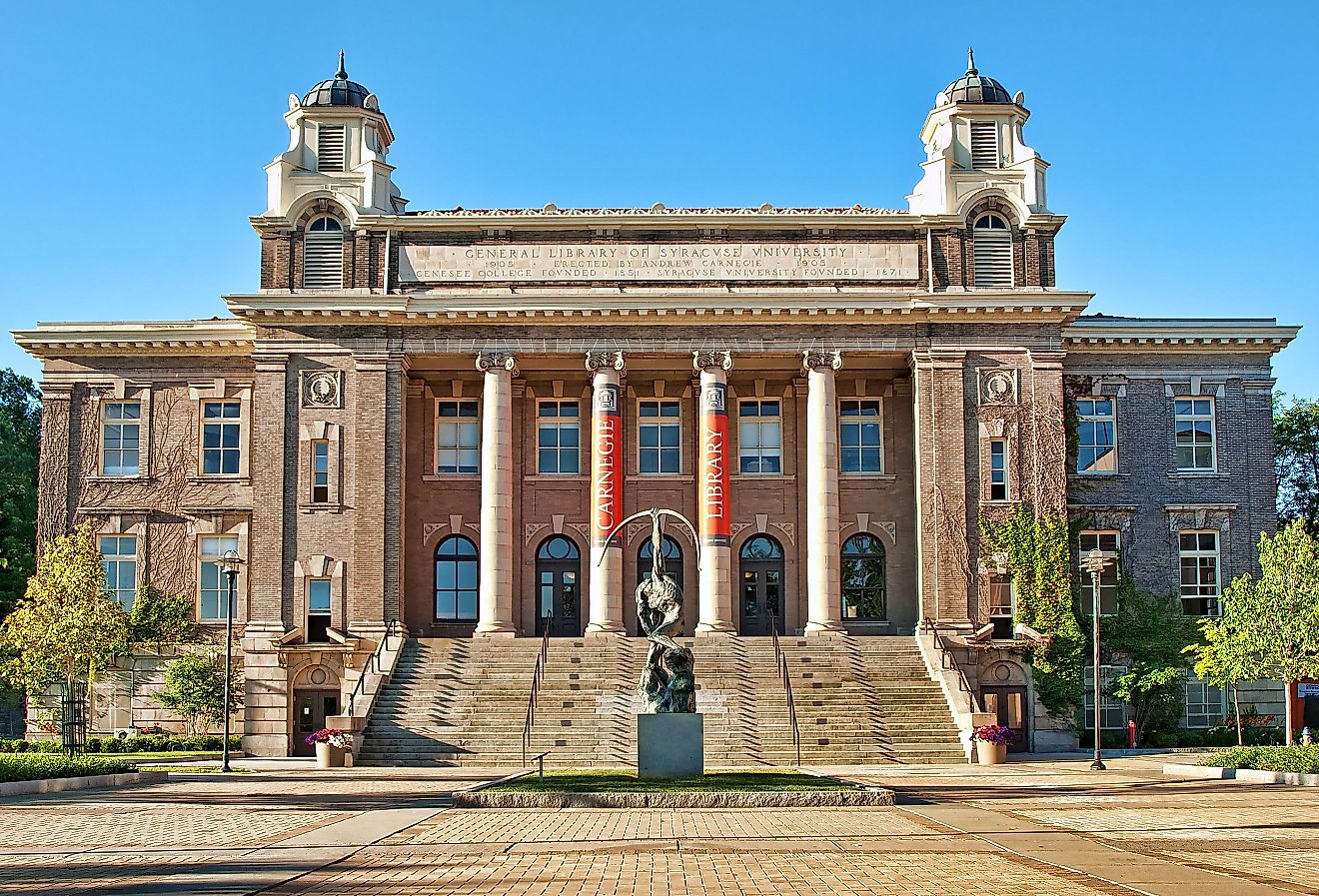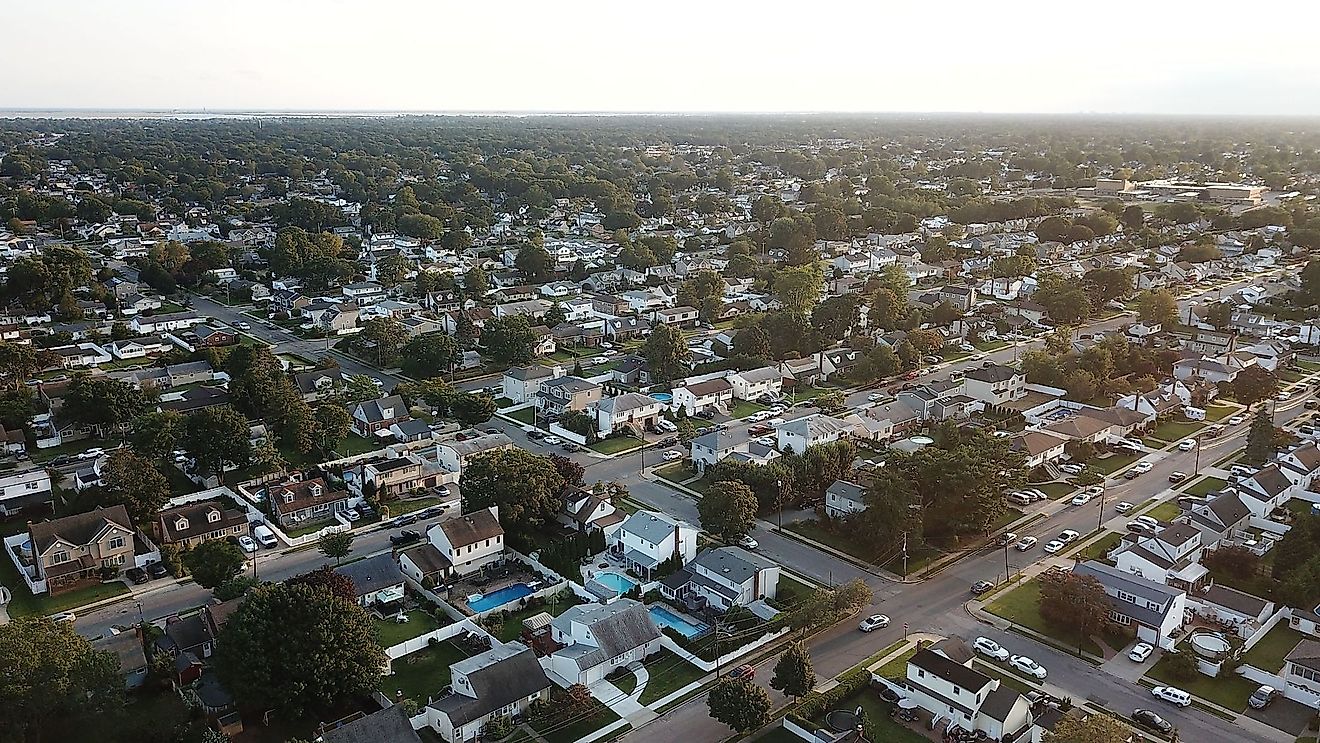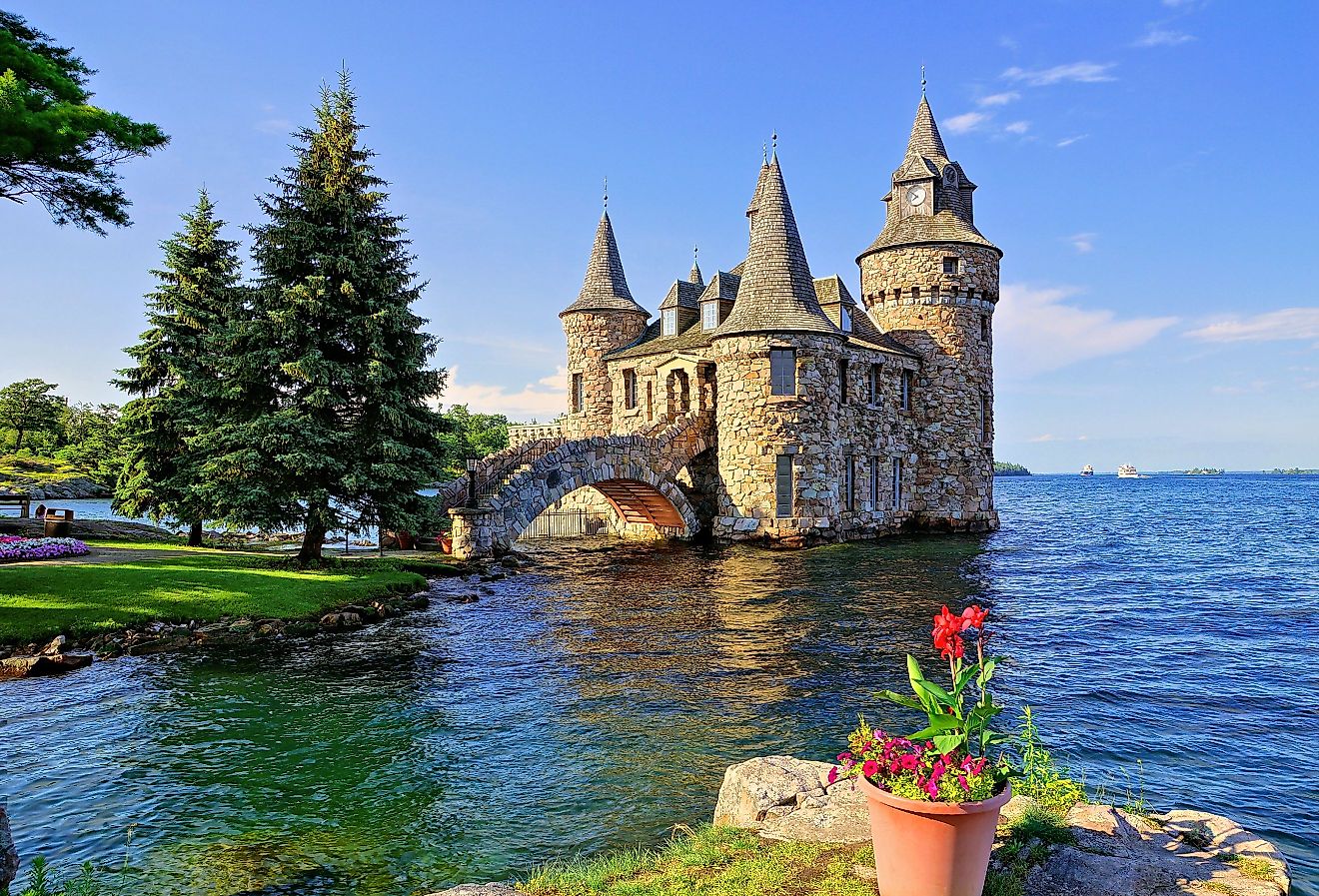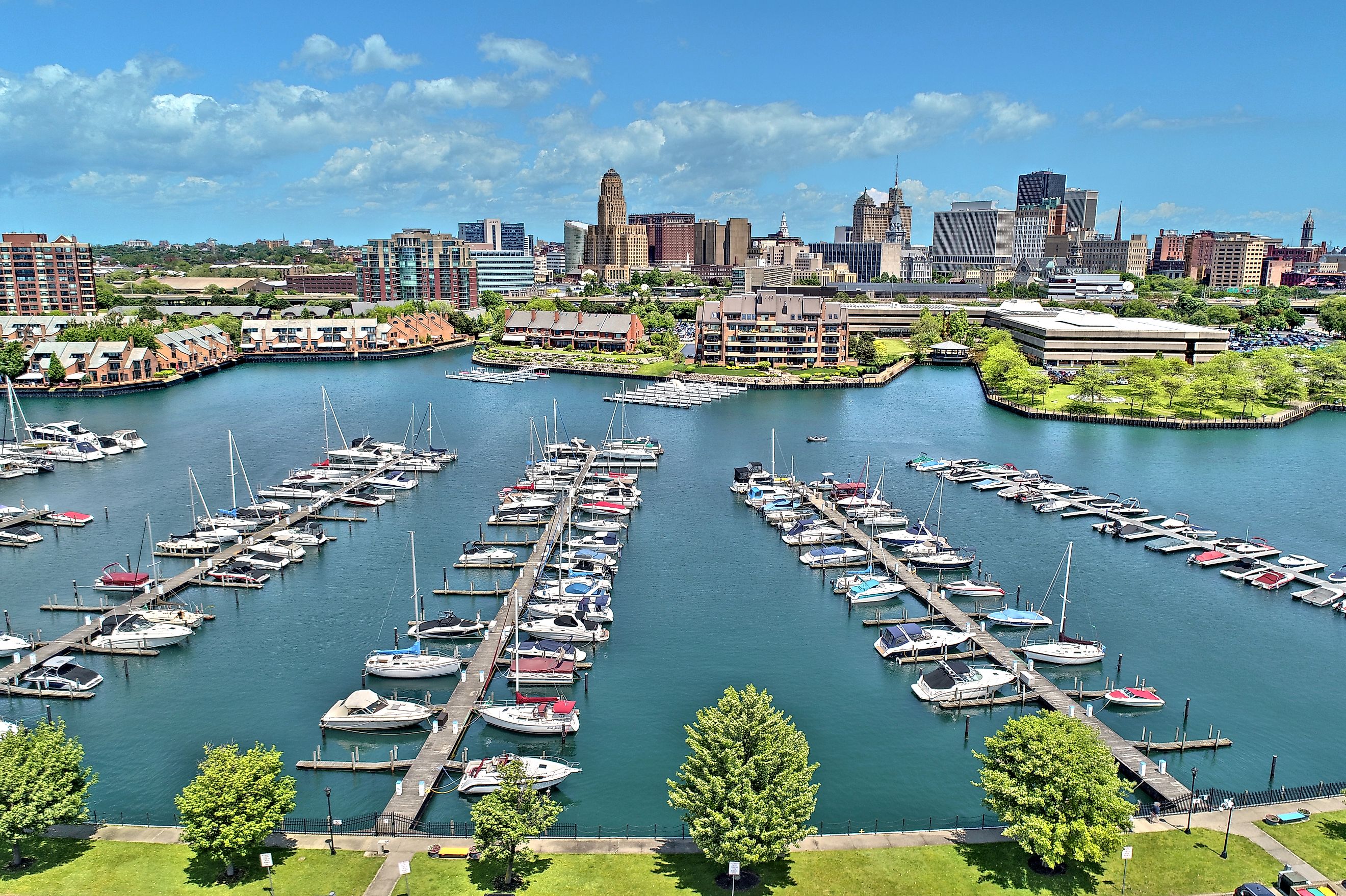
The 7 Largest Cities in New York
New York State is far more than the skyscrapers of Manhattan and the bustle of Times Square. Beyond the Big Apple lies a network of historic, industrious, and culturally rich cities that form the backbone of the Empire State. From post-industrial hubs reinventing themselves to college towns with vibrant energy, New York’s largest cities reflect the diversity and complexity of the state’s identity.
Take a look at the seven largest cities in New York by population, based on the most recent US Census Bureau estimates. Each city brings its own distinct flavor to the state’s character, offering unique insights into urban life beyond New York City.
New York City
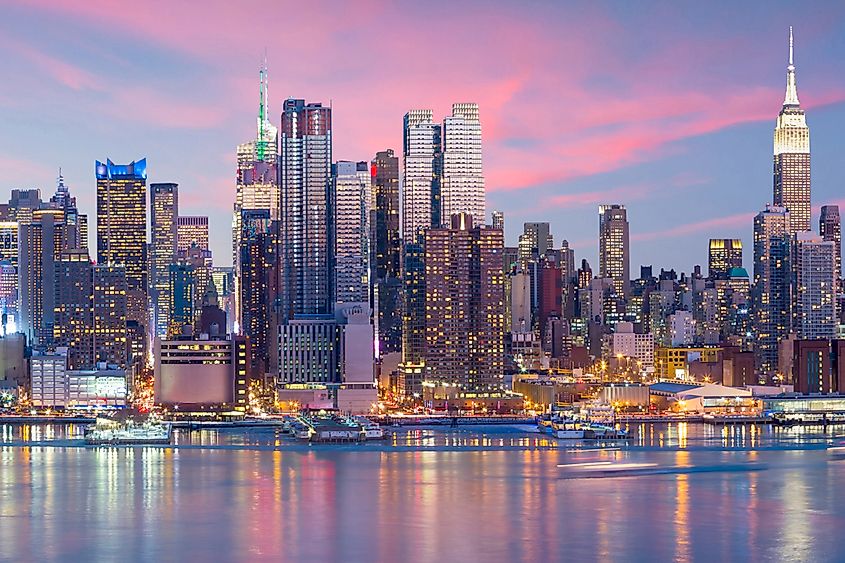
A stunning view of New York City, showcasing iconic landmarks and the bustling urban atmosphere.
-
Population: Approximately 8.3 million
-
County: Five boroughs (Bronx, Brooklyn, Manhattan, Queens, Staten Island)
-
Incorporated: 1898 (consolidation of boroughs)
It is no surprise that New York City tops this list by a wide margin. As the most populous city in the United States, NYC holds more than 40 percent of the entire state’s population. It is a global center for finance, media, culture, education, and international diplomacy.
Each of the five boroughs contributes to the city’s identity. Manhattan is home to Wall Street, Broadway, and Central Park. Brooklyn blends historic neighborhoods with modern art scenes. Queens is one of the most ethnically diverse urban areas in the world. The Bronx, birthplace of hip hop, is also home to Yankee Stadium and the Bronx Zoo. Staten Island offers green spaces and a more suburban pace.
New York City has always been a city of immigrants. Over 36 percent of residents were born outside the United States. The result is a mosaic of cultures, languages, and traditions woven into the everyday life of the city.
Key Highlights:
-
Home to more Fortune 500 companies than any other US city
-
Largest public transportation system in the nation
-
Contains over 120 colleges and universities
Buffalo
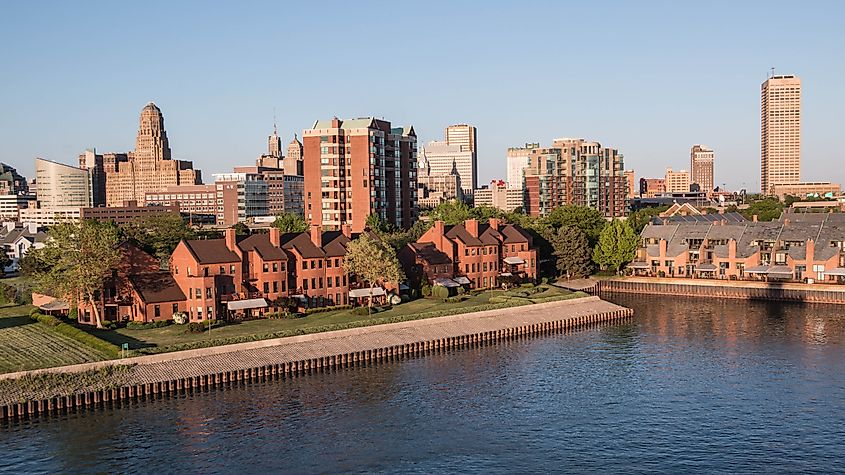
-
Population: Approximately 276,000
-
County: Erie
-
Incorporated: 1832
Once known as the "Queen City of the Lakes," Buffalo thrived during the 19th and early 20th centuries thanks to its strategic location along Lake Erie and the Erie Canal. It was a major grain shipping and steel production center. While Buffalo’s industrial base declined in the latter half of the 20th century, the city has been experiencing a renaissance.
Buffalo is now gaining attention for its revitalized waterfront, historic architecture, and robust medical and educational sectors. The University at Buffalo and the Buffalo Niagara Medical Campus are central to its economic transformation.
The city is also a gateway to Niagara Falls and boasts a strong sports culture, with loyal fans of the Buffalo Bills and Sabres. Its food scene is underrated, most famous for the invention of the Buffalo wing.
Key Highlights:
-
Home to Frank Lloyd Wright-designed buildings
-
Major hub for healthcare and life sciences
-
Architecture includes Art Deco, Gothic Revival, and Richardsonian Romanesque styles
Rochester
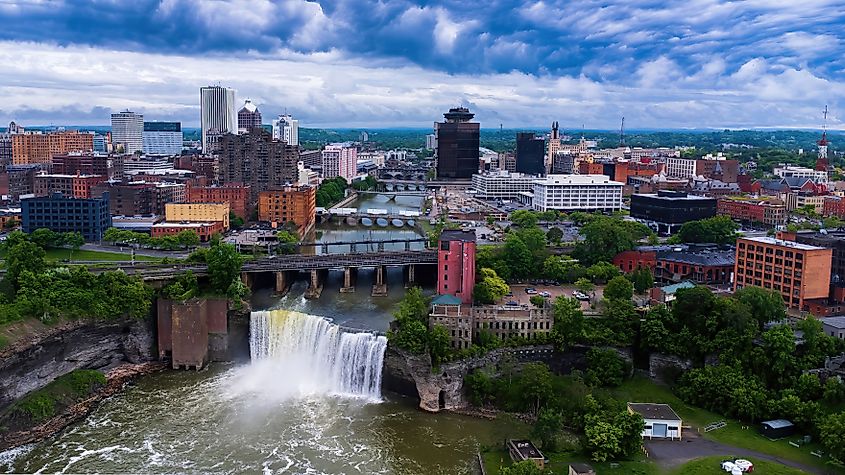
An aerial view of High Falls in Rochester, New York.
-
Population: Approximately 210,000
-
County: Monroe
-
Incorporated: 1834
Rochester, located on the southern shore of Lake Ontario, was once the home of photographic giant Eastman Kodak. Its history is deeply intertwined with innovation and social reform. Figures like Susan B. Anthony and Frederick Douglass called the city home, and their legacies are preserved through museums and historic sites.
Today, Rochester is a center of higher education and research, anchored by the University of Rochester and the Rochester Institute of Technology. Its economy now leans heavily on optics, imaging, health care, and education.
Rochester also offers extensive green space, with over 12,000 acres of parkland. The city is known for its lilacs, celebrated annually at the Lilac Festival in Highland Park.
Key Highlights:
-
World-renowned Eastman School of Music
-
Strong visual and performing arts community
-
Features the Erie Canal and the scenic Genesee River
Yonkers
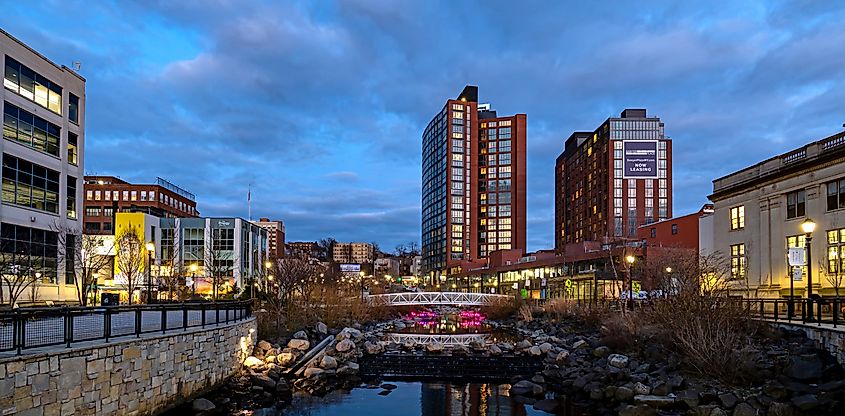
-
Population: Approximately 211,000
-
County: Westchester
-
Incorporated: 1872
Just north of the Bronx, Yonkers is the largest city in Westchester County and one of the oldest European-settled areas in New York. It offers a suburban feel with the proximity of a major metropolis. Many residents commute into New York City, although Yonkers has its own growing economy.
The city’s downtown waterfront along the Hudson River has seen recent redevelopment, with new residential towers, shops, and restaurants emerging. Yonkers is also home to several cultural institutions, including the Hudson River Museum and Science Barge.
Yonkers Raceway and Empire City Casino are local landmarks. The city also boasts excellent access to hiking trails and parks in the nearby Hudson Valley.
Key Highlights:
-
Close proximity to New York City, accessible by Metro-North
-
Diverse population with a rich immigrant history
-
Revitalized downtown with growing entertainment scene
Syracuse
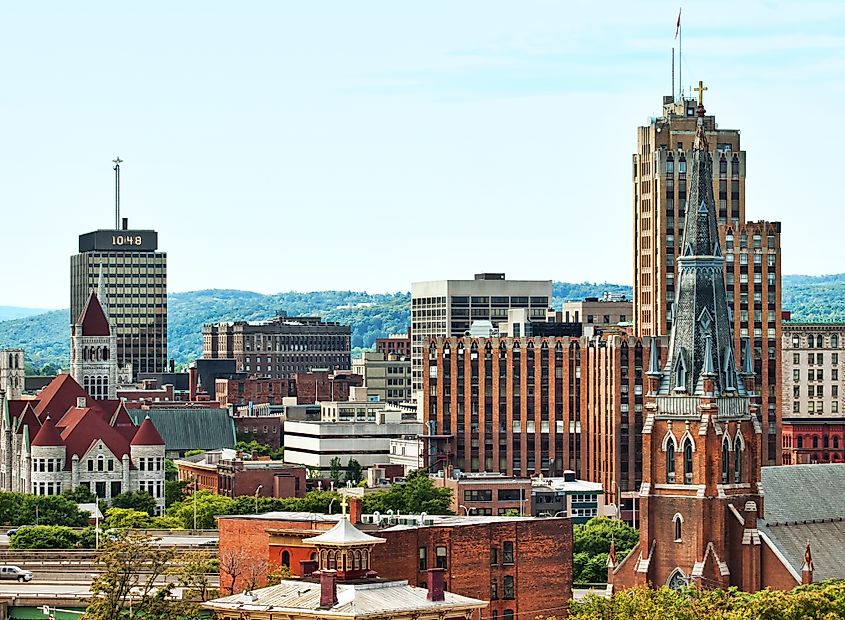
View of the city of Syracuse in upstate New York.
-
Population: Approximately 147,000
-
County: Onondaga
-
Incorporated: 1848
Syracuse was once a hub of salt production and manufacturing, earning the nickname “Salt City.” While those industries have faded, Syracuse remains a key player in upstate New York thanks in large part to Syracuse University, which brings students, sports fans, and research dollars to the city.
Located at the crossroads of Interstate 81 and the New York State Thruway (I-90), Syracuse is well-positioned for logistics and trade. Its downtown has seen major investment in the last two decades, with new restaurants, lofts, and green spaces emerging.
The Carrier Dome, now called the JMA Wireless Dome, dominates the city skyline and hosts everything from basketball to concerts. Winters are long and snowy, but locals embrace the season with skiing, festivals, and a hearty attitude.
Key Highlights:
-
Syracuse University anchors the economy and culture
-
Known for its heavy snowfall and strong winter traditions
-
Gateway to the Finger Lakes region and nearby Adirondacks
Albany
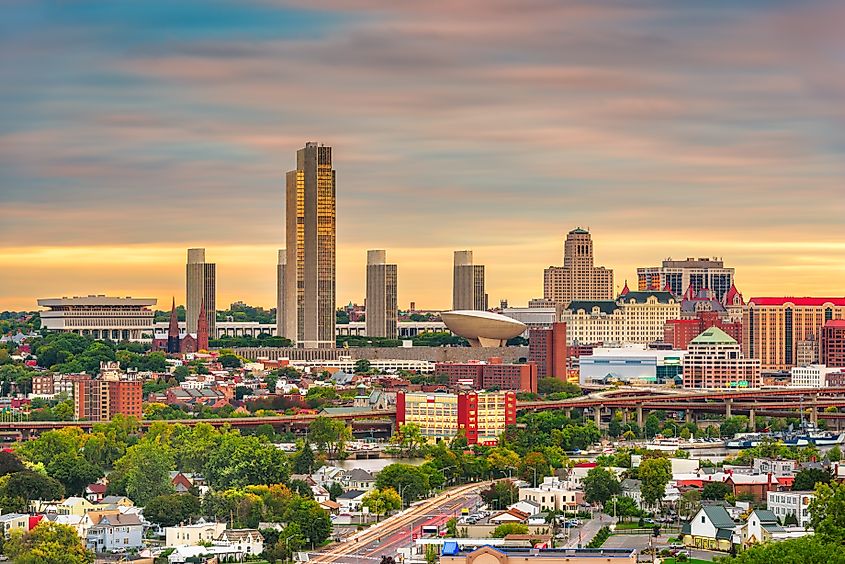
Albany, New York, downtown city skyline at dusk.
-
Population: Approximately 98,000
-
County: Albany
-
Incorporated: 1686 (chartered as a city)
Albany, the state capital of New York, is one of the oldest continuously chartered cities in the United States. Located on the west bank of the Hudson River, Albany has long been a center of government and transportation.
The Empire State Plaza dominates the city skyline, housing New York State government offices and the striking Egg performing arts center. The city is also home to several colleges, including the University at Albany and Albany Law School.
Albany benefits from its central location in upstate New York. It serves as a crossroads between the Adirondacks, the Berkshires, and the Hudson Valley. The city has been modernizing its infrastructure and cultural offerings, making it more attractive to younger residents and visitors.
Key Highlights:
-
Oldest city in the state, with Dutch colonial roots
-
Seat of New York State government
-
Home to major regional universities and hospitals
New Rochelle
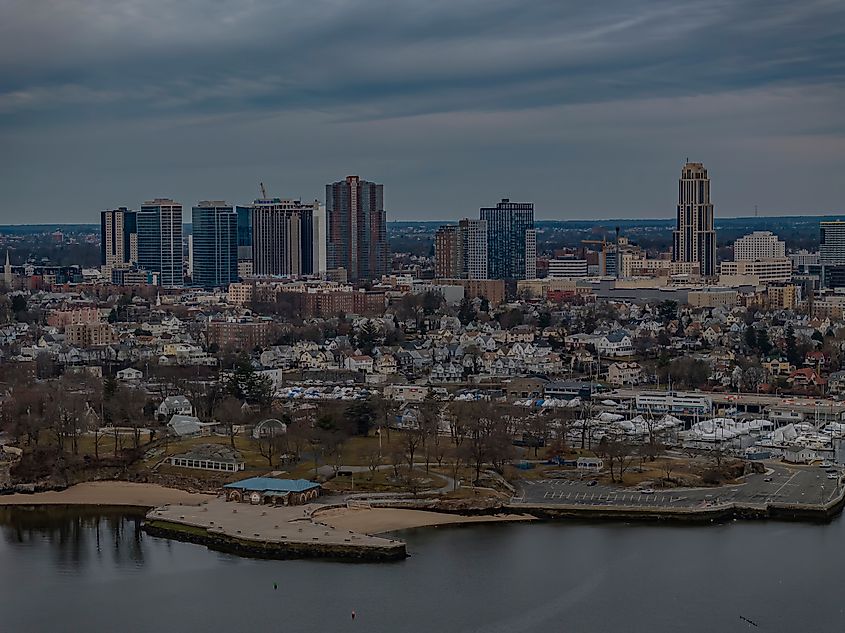
-
Population: Approximately 80,000
-
County: Westchester
-
Incorporated: 1899
New Rochelle, located just 20 miles from midtown Manhattan, combines suburban charm with a growing urban core. It has become one of the fastest-growing cities in the state, thanks in part to new housing developments and waterfront revitalization projects.
Known historically as a haven for artists and writers, New Rochelle is now emerging as a destination for young professionals and families seeking more space than New York City offers. Its schools, parks, and coastal setting make it a desirable place to live.
Recent projects include a large downtown redevelopment plan, with new residential towers, retail, and arts spaces designed to modernize the city’s image while preserving its historic core.
Key Highlights:
-
Easy commute to Manhattan via Metro-North
-
Scenic Long Island Sound coastline
-
Rapid downtown transformation with focus on livability
Chart: Top 7 Largest Cities in New York (By Population)
| Rank | City | Population | County | Year Incorporated |
|---|---|---|---|---|
| 1 | New York City | ~8,300,000 | 5 boroughs | 1898 (consolidated) |
| 2 | Buffalo | ~276,000 | Erie | 1832 |
| 3 | Rochester | ~210,000 | Monroe | 1834 |
| 4 | Yonkers | ~211,000 | Westchester | 1872 |
| 5 | Syracuse | ~147,000 | Onondaga | 1848 |
| 6 | Albany | ~98,000 | Albany | 1686 |
| 7 | New Rochelle | ~80,000 | Westchester | 1899 |
A State of Diverse Cities
While New York City may dominate the headlines, the state’s other large cities contribute mightily to its economic strength, cultural vibrancy, and historical legacy. Each city on this list tells a different story of resilience, reinvention, and regional pride. Whether it is the industrial grit of Buffalo, the intellectual energy of Syracuse, or the political power of Albany, New York’s largest cities are more than dots on a map—they are centers of identity, opportunity, and change.
For travelers, students, or those considering relocation, these cities offer a compelling cross-section of life in the Empire State beyond the bright lights of Manhattan.
